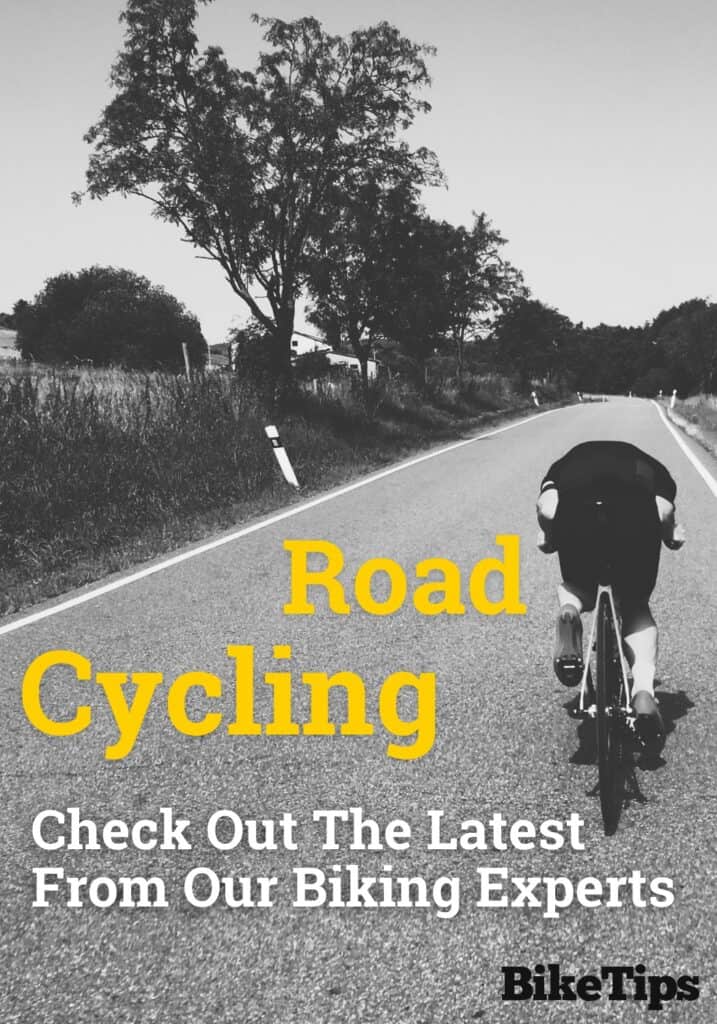The South Beach Diet, named after the Miami, Florida beach, is one of the popular weight loss meal plans that reduces carbohydrate intake to control calorie intake and help curb cravings.
This low-carb, high-protein diet claims to provide excellent weight loss and health benefits while focusing on lean proteins and whole, nutrient-rich foods and adopting healthy eating habits to follow for years to come.
This diet guide will discuss the South Beach Diet plan, how to follow it, and its pros and cons so you can decide if this eating plan is right for you and your goals, whether it be weight loss, weight maintenance, or health in general.
Lets jump in!

What Is the South Beach Diet Plan?
The South Beach Diet is a popular commercial diet plan originally created in the mid-1990s by cardiologist Arthur Agatston and dietitian Marie Almon.
It wasnt until nearly a decade later, in 2003, that the South Beach Diet became popular due to the launch of The South Beach Diet: The Delicious, Doctor-Designed, Foolproof Plan for Fast and Healthy Weight Loss, which quickly became a best-selling diet book.
Although the initial purpose of the South Beach Diet was to help reduce the risk of heart disease, it quickly became a popular weight loss diet.
Reportedly, Dr. Arthur Agatston devised the South Beach Diet meal plan after observing that many low-fat, high-carb diets (which were especially popular in the 1980s and early 1990s) were not helping people lose weight in the long term.
Although the South Beach Diet plan is often classified as a low-carb diet for weight loss, it claims to be less about restricting carbohydrates overall and rather about selecting the right carbs for optimal health, blood sugar management, and weight control.1Ma, Y., Pagoto, S. L., Griffith, J. A., Merriam, P. A., Ockene, I. S., Hafner, A. R., & OlendzkI, B. C. (2007). A Dietary Quality Comparison of Popular Weight-Loss Plans. Journal of the American Dietetic Association, 107(10), 17861791. https://doi.org/10.1016/j.jada.2007.07.013

How Do You Follow the South Beach Diet Plan for Weight Loss?
There are three South Beach Diet phases, each designed with a specific diet plan based on the goals of the phase.
Like many weight loss diets, the South Beach Diet starts with a kick-off phase to jumpstart weight loss. This is followed by the main South Beach Diet weight loss phase and the maintenance phase once you have reached your goal weight.
Phase 1: Kick-Starting the Weight Loss Process
The South Beach Diet Phase 1 portion is just two weeks long and designed to start the weight loss process.
This is a highly restrictive phase, requiring you to eliminate any foods that might trigger sugar cravings or cravings for refined carbohydrates.
The food list for phase 1 centers around lean meats such as chicken, turkey, fish, scallops, other lean seafood, tofu, eggs, low-fat cheese, beans, non-starchy vegetables, and nuts in moderation.
During this phase, the South Beach Diet meal plan allows you to eat three meals a day plus snacks.
The snacks are required because you are supposed to eat frequently to help balance blood sugar levels and reduce the risk of food cravings, particularly for carbohydrates and sugars.
The list of foods to avoid during phase 1 of the South Beach Diet program is the most restrictive of the three phases.
Examples of off-limits foods to remove from your diet include pasta, bread, rice, potatoes, sweet potatoes, cereal, baked goods, cookies, candy, sweets such as ice cream and pastries, muffins, all fruit, crackers, chips, pretzels, and all alcoholic drinks.

Phase 2: Achieving the Target Weight
The Phase 2 meal plan lasts however long it takes you to reach your goal weight after the initial two-week intro phase.
For many people, this portion of the South Beach Diet weight loss program could last months, if not years, depending on your starting weight, your goal weight, and how quickly you are losing weight.
According to the South Beach Diet weight loss recommendations, most dieters should lose about 1 to 2 pounds per week during phase 2, which is in line with the recommendations for safe and sustainable fat loss per the Centers for Disease Control and Prevention (CDC).
During this phase, the South Beach Diet meal plan becomes slightly more flexible by including some good carbs, such as brown rice.
Note that in the South Beach Diet plan, good carbs are introduced slowly at first.
Dieters who have had a lot of rapid weight loss during the first phase of the South Beach Diet plan and who successfully removed all carbs from their diet safe for veggies and beans often feel anxious about reintroducing carbs such as brown rice.
But remember, one of the main differences between the South Beach Diet and diets like Atkins or Keto is that the South Beach Diet eating plan does not need to be a truly low-carb diet for life.
Rather, the creators of the South Beach Diet program want to have the metabolism in a healthy place so that you can consume certain low glycemic index carbs without disrupting your blood sugar levels, increasing cravings, or causing fat gain.

The claim surrounding this principle is that it will help you stick with the diet plan for life because having certain carbs in your diet is more practical and sustainable than avoiding them altogether indefinitely.2Gibson, A., & Sainsbury, A. (2017). Strategies to Improve Adherence to Dietary Weight Loss Interventions in Research and Real-World Settings. Behavioral Sciences, 7(4), 44. https://doi.org/10.3390/bs7030044
Additionally, the South Beach Diet carbs are incorporated to help provide certain benefits such as increased energy, better mood, better digestion with regular bowel movements, and improved sleep quality.
The South Beach Diet’s good carbs are gradually increased until you have 2 to 3 servings of South Beach Diet-friendly carbs each day.
You are supposed to go back to phase 1 if you start experiencing food cravings, particularly for sugar and refined starches, difficulty controlling the portions of your high-carb foods, weight gain, or other unhealthy eating habits that you were able to kick during the first part of the South Beach Diet weight loss program.
Some of the South Beach Diet foods with carbs that you can eat during this phase include low-sugar fruits, peas, potatoes, sweet potatoes, brown rice, and some whole-grain breads and whole-wheat pasta.
Phase 3: Adopting a Lifestyle
When you have reached your goal weight on the program, you enter phase 3, which is supposed to be the lifelong maintenance phase.
This is intended to be a lifestyle diet rather than a weight loss diet per se.
However, if you start to experience cravings for carbs and refined sugars, you are supposed to revisit stricter phases.

Is the South Beach Diet Good for Weight Loss and Health?
There are several potential South Beach Diet benefits, including the following:
- Low-carb diets can help people lose weight quickly, which may help someone stick to a new diet plan.3Nordmann, A. J., Nordmann, A., Briel, M., Keller, U., Yancy, W. S., Brehm, B. J., & Bucher, H. C. (2006). Effects of low-carbohydrate vs low-fat diets on weight loss and cardiovascular risk factors: a meta-analysis of randomized controlled trials. In www.ncbi.nlm.nih.gov. Centre for Reviews and Dissemination (UK). https://www.ncbi.nlm.nih.gov/books/NBK72960/
- Low-carb diets may help control blood sugar4Ebbeling, C. B., Feldman, H. A., Klein, G. L., Wong, J. M. W., Bielak, L., Steltz, S. K., Luoto, P. K., Wolfe, R. R., Wong, W. W., & Ludwig, D. S. (2018). Effects of a low carbohydrate diet on energy expenditure during weight loss maintenance: randomized trial. BMJ, 363, k4583. https://doi.org/10.1136/bmj.k4583 and insulin levels and can be beneficial for those with insulin resistance, pre-diabetes, or type 2 diabetes.5Harvey, C. J. d. C., Schofield, G. M., Zinn, C., Thornley, S. J., Crofts, C., & Merien, F. L. R. (2019). Low-carbohydrate diets differing in carbohydrate restriction improve cardiometabolic and anthropometric markers in healthy adults: A randomised clinical trial. PeerJ, 7, e6273. https://doi.org/10.7717/peerj.6273
- The ability to start incorporating certain carbs and even treat foods during phase 2 may help improve adherence to the diet in the long term.
- The rate of suggested weight loss during the main phase is safe and sustainable, especially compared to many weight loss diets.
- It focuses on whole, natural, minimally processed foods for the most part, which will support overall health as well as weight loss.6National Institutes of Health. (2019, June 4). Eating highly processed foods linked to weight gain. National Institutes of Health (NIH). https://www.nih.gov/news-events/nih-research-matters/eating-highly-processed-foods-linked-weight-gain
- Not needing to count calories can be freeing of the regular diet mentality.

However, there are also some potential downsides to the South Beach Diet plan, including the following:
- The first phase is very restrictive and can be difficult to sustain.7Brouns, F. (2018). Overweight and diabetes prevention: is a low-carbohydratehigh-fat diet recommendable? European Journal of Nutrition, 57(4), 13011312. https://doi.org/10.1007/s00394-018-1636-y
- The emphasis on healthy carbs versus bad carbs can cause disordered eating, anxiety about food, and a feeling of failure if you cheat on the diet.
- The weight loss recommendations for the first two weeks are too extreme, even if much of it is water weight, with the South Beach Diet book suggesting about 8 to 13 pounds during this phase.
- The first phase can lead to side effects such as low blood sugar, irritability, and symptoms of the ketogenic diet flu due to the low carb intake.
Overall, the South Beach Diet plan is generally relatively healthy, but you should talk to your doctor or work with a nutritionist to determine if this is the best diet for you, particularly if you have underlying health conditions, a history of eating disorders, are pregnant or breastfeeding, or take medications.




